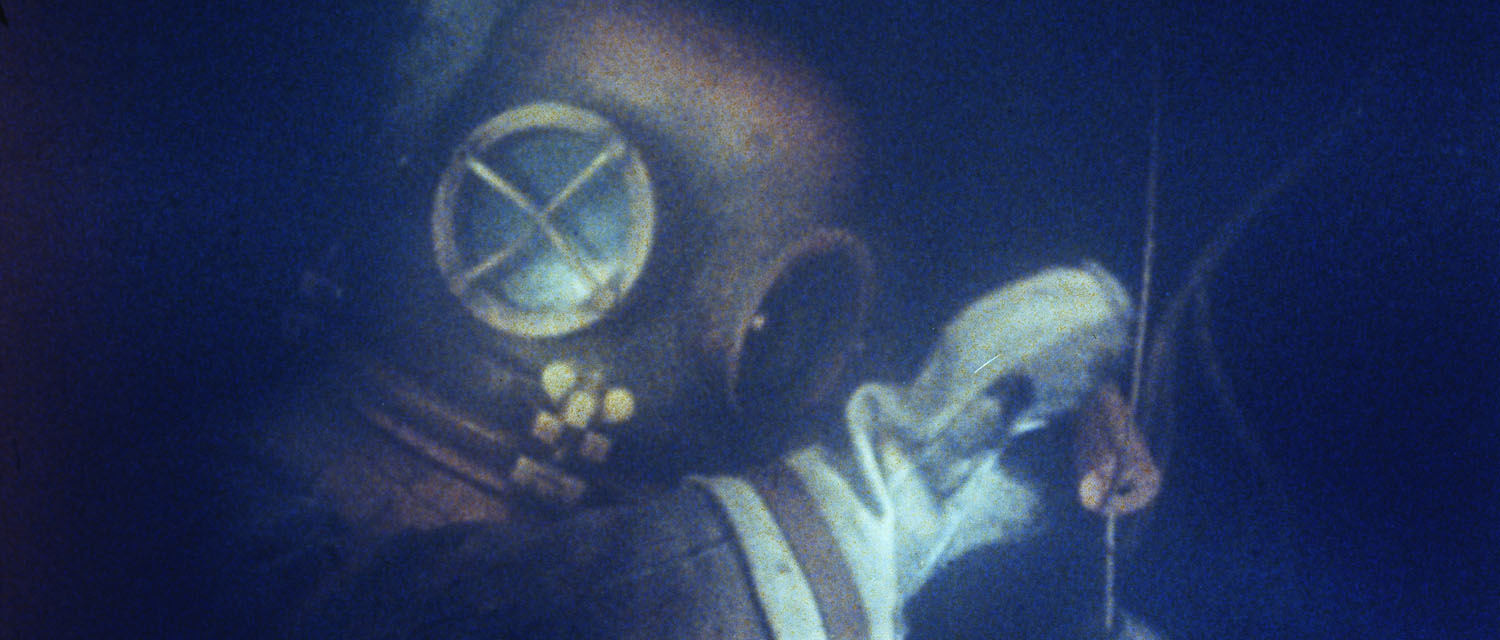Swedish maritime archaeology was propelled into the spotlight with the discovery, salvage and excavation of the Vasa ship in the early 1960s. Sweden is now one of the leading countries in the world within maritime archaeology.

Swedish maritime archaeology was propelled into the spotlight with the discovery, salvage and excavation of the Vasa ship in the early 1960s. Sweden is now one of the leading countries in the world within maritime archaeology.
Today, maritime archaeological studies and research are being conducted at several institutions in Sweden, including the Museum of Wrecks/SMTM, Stockholm University and Kalmar County Museum. Courses in maritime archaeology are available at Södertörn University, which also has several active researchers in the field.
Modern maritime archaeology in Sweden got its start with the discovery and salvage of Vasa in 1961 right in the middle of Stockholm. The study of Vasa in the dry dock at Beckholmen laid the foundation for what has since become a scientific field of study.
Anders Franzén was a maritime technician at the Stockholm Royal Institute of Technology and had methodically searched for Vasa in the early 1950s. In 1956, he got lucky when a piece of black oak got stuck on his lead line.
Carl-Olov Cederlund, who began his maritime archaeology career when investigating Vasa, put maritime archaeology on the map as an academic and scientific discipline in Sweden. He also became Sweden’s first professor of maritime archaeology.
Cederlund worked at the Maritime Museum for many years. He took part in several major investigations, including of shipwrecks at Jutholmen, outside Dalarö and at Älvsnabben, east of Muskö.